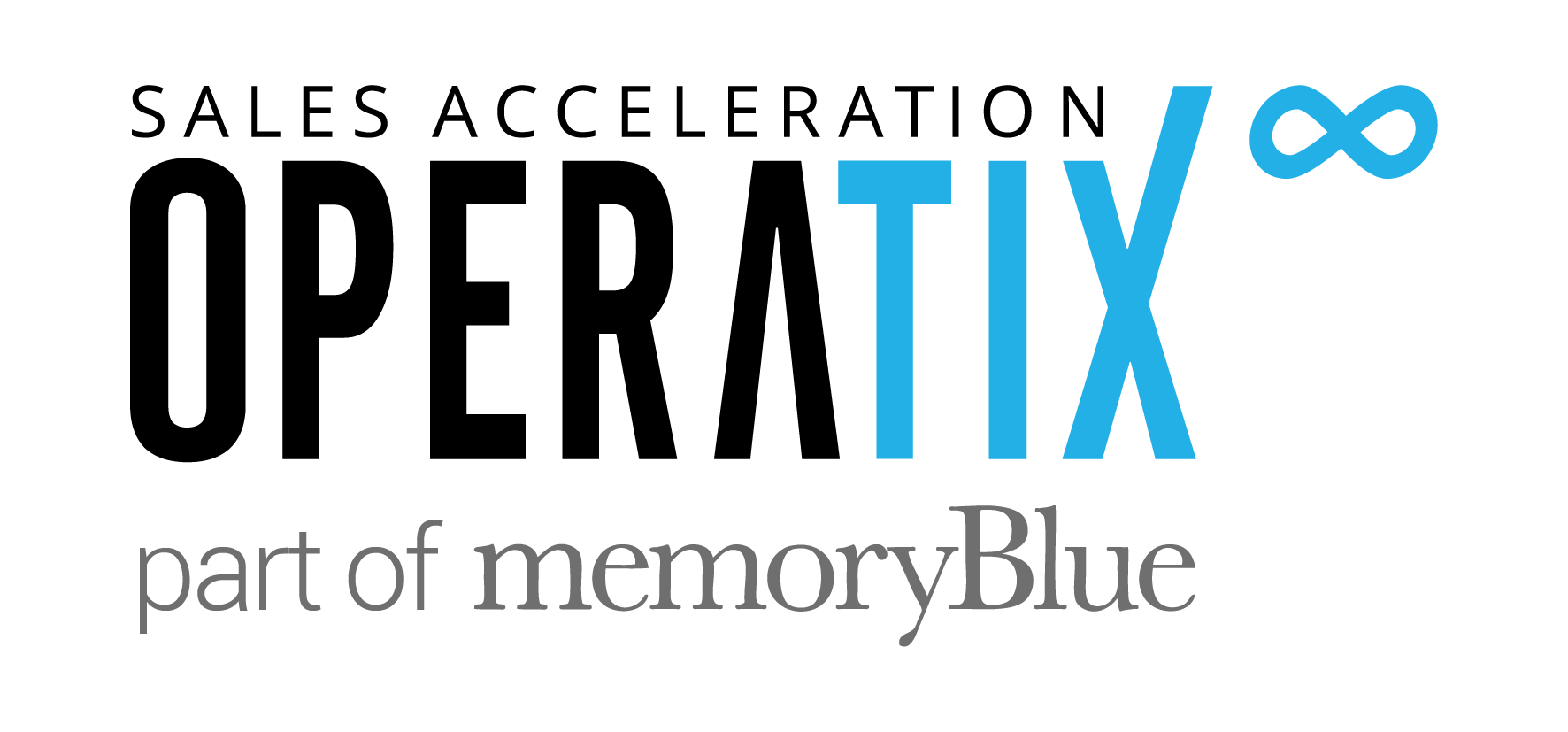Deciding whether to focus on revenue generation or on brand building is a difficult choice, so much so that can feel like the 2 halves of the brain being at war.
The truth is that organizations need to nurture both building their brand and generating revenue at the same time. But how?
In a recent episode of B2B Revenue Acceleration, we had the chance to interview Efrat Fenigson, VP Marketing at Mindspace and Co-founder at G-CMO, about revenue generation versus brand building.
With about 20 years in tech and marketing with a specialty in startups, Efrat cofounded G-CMO, a community of Israel’s top 100 CMOs from global companies, to talk about marketing and strategy in a global sense.
“Many people know Israel to be very good with developing technology, but they don’t know enough how we’re good with the way we tell stories and the way we do marketing,” Efrat said.
Finding the right balance between brand building and revenue generating activities in marketing is a common challenge, especially in B2B.
Let’s dive right into Efrat’s take on this challenge!


Each marketing department probably has that phenomena of splitting itself to the left side of the brain and the right side of the brain.
Efrat Fenigson – VP Marketing at Mindspace and Co-founder at G-CMO
Brand building vs. revenue generation
“Each marketing department probably has that phenomena of splitting itself to the left side of the brain and the right side of the brain,” Efrat said.
The left side of the brain represents demand generation, lead generation, and the shorter cycles that allow revenue creation in the short term.
The right side of the brain has to do with brand identity and reputation — the organic tools and tactics like content marketing, PR, or brand campaigns.
The goals of the left and right sides seem to be at odds, since revenue generation focuses on quick returns and brand building is more concerned with the long-term process of developing awareness and brand personality.
The important thing is – businesses need to nurture both.
Like the brain itself, the two halves complement each other and allow each other to function more efficiently. Yes, that means that brand building — the half that’s often neglected — supports the function of revenue generation.
Quick note for startups: You’re probably overemphasizing the left side of the brain. Don’t think exclusively about acquiring new customers and investors. Also, strategize about your company’s identity and the values you want to convey to your target audience.


Companies are way more sales driven than they were before because everyone got hit in some way in this crisis.
Efrat Fenigson – VP Marketing at Mindspace and Co-founder at G-CMO
With about 20 years in tech and marketing with a specialty in startups, Efrat cofounded G-CMO, a community of Israel’s top 100 CMOs from global companies, to talk about marketing and strategy in a global sense.
“Many people know Israel to be very good with developing technology, but they don’t know enough how we’re good with the way we tell stories and the way we do marketing,” Efrat said.
Finding the right balance between brand building and revenue generating activities in marketing is a common challenge, especially in B2B.
Let’s dive right into Efrat’s take on this challenge!
Brand building vs. revenue generation
“Each marketing department probably has that phenomena of splitting itself to the left side of the brain and the right side of the brain,” Efrat said.
The left side of the brain represents demand generation, lead generation, and the shorter cycles that allow revenue creation in the short term.
The right side of the brain has to do with brand identity and reputation — the organic tools and tactics like content marketing, PR, or brand campaigns.
The goals of the left and right sides seem to be at odds, since revenue generation focuses on quick returns and brand building is more concerned with the long-term process of developing awareness and brand personality.
The important thing is – businesses need to nurture both.
Like the brain itself, the two halves complement each other and allow each other to function more efficiently. Yes, that means that brand building — the half that’s often neglected — supports the function of revenue generation.
Quick note for startups: You’re probably overemphasizing the left side of the brain. Don’t think exclusively about acquiring new customers and investors. Also, strategize about your company’s identity and the values you want to convey to your target audience.


Companies are way more sales driven than they were before because everyone got hit in some way in this crisis.
Efrat Fenigson – VP Marketing at Mindspace and Co-founder at G-CMO
Sales & marketing alignment
The question of brand building versus revenue generation is just a fancy way to dress up the classic problem of sales and marketing alignment.
“Companies are way more sales driven than they were before because everyone got hit in some way in this crisis,” Efrat pointed out.
One result of the pandemic is the pressure that marketing has gained, scrambling to justify its budgets and headcount etc.
“If you don’t create that alignment with sales, you are in a problem,” she said.
Efrat shared 3 big-picture strategies and 3 smaller techniques for keeping marketing and sales as partners, not enemies.
3 overarching strategies
1. Internal communication. Go beyond the C-suite to make sure that every person in the company knows about the role and achievements of marketing. (Especially the achievements.)
2. Education. Marketing’s function is to generate business and bring revenue, yes, but also to help the company be who it is. It is that pride in what we stand for that helps sales with clear messaging and passion for our work.
3. Goals. Marketing should build its goals directly from sales goals. Marketers should recognize that their job is to drive sales, even if they’re objectively measured on other things. Marketing and sales teams should align their goals, as this drives them both to the same destination.
3 tactical techniques
1. Daily Salesforce report. The marketing team reviews all the deals signed the previous day to know what is being sold and where the leads are coming from. (This was so successful at Mindspace that management asked to get the report every day, too.)
2. Synchronization meetings. Marketing meets with field sales reps weekly, just as Efrat meets with the head of sales to maintain that close collaboration. The departments actively consult with each other, support each other, and celebrate with each other .
3. High visibility. Communicate the work of marketing to the entire company, via Slack or internal email or social media. Nobody should wonder what marketing is doing all day long, everyone is in the loop.


In order to get to word of mouth, you need to work.
Efrat Fenigson – VP Marketing at Mindspace and Co-founder at G-CMO
The prevailing belief is that word of mouth can stand in for marketing. Well, it can’t.
It’s easy to have a financial or technological mind, and put these things on the back foot.
“There’s nothing better than word of mouth. That’s the best marketing method, hands down. However, in order to get to word of mouth, you need to work,” Efrat said.
If you can’t express who you are in a clear and compelling way, other people will not start doing it for you.
Give people the messages and visual tools to teach them about what you would like them to say about you. Teach them what is important. You can, and should drive the word of mouth by making it easy to do and giving people a little push to do it.
To get started, ask these questions about your company and clarify them:
- Who am I?
- What are my values?
- What’s my personality?
- Who’s my target audience?
- How would I like to be perceived?
Here is the argument for the brand building/right side of brain focus: “If you can communicate clearly to your peers that the work you’ll do is essentially a driver for word of mouth, they will collaborate with you,” Efrat said.
Connect with Efrat on LinkedIn or listen to the G-CMO podcast, Marketers In Capes.
To hear this interview and many more like it, subscribe to The B2B Revenue Acceleration Podcast on Apple Podcasts, on Spotify, or on our website.




